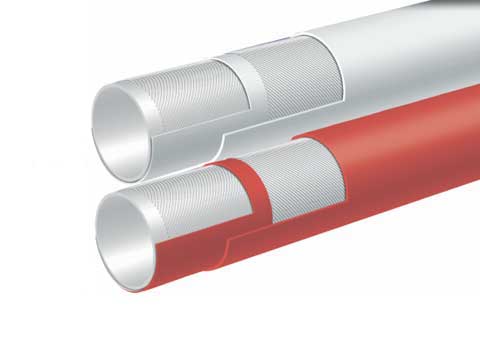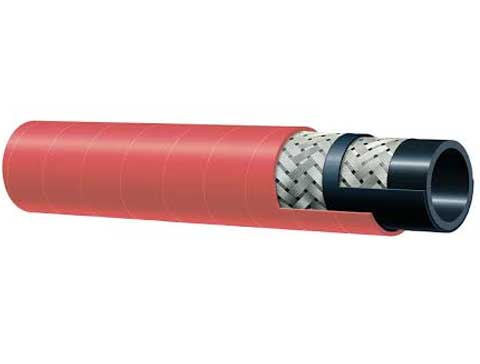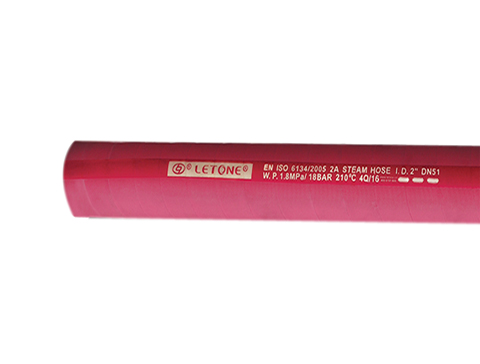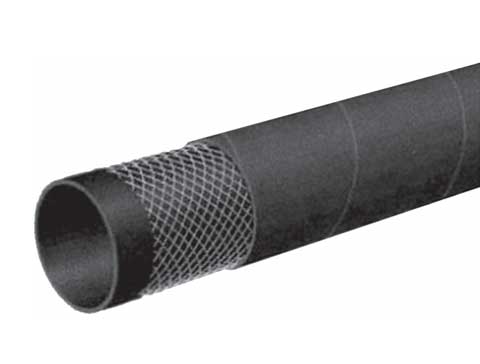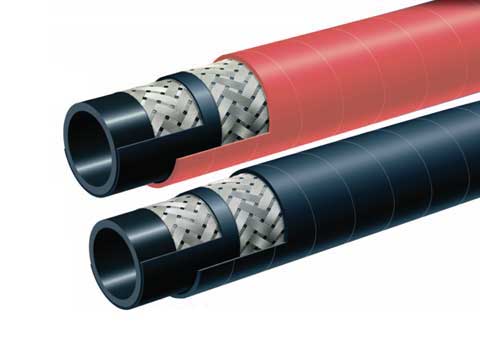A chemical hose that leaks can be dangerous to plant personnel, damage equipment and facilities, increase operating costs, and contribute to fugitive emission. To prevent leaks, ensure your chemical hoses are inspected regularly.
Look for signs of deterioration, such as kinks and crushed sections. Also, look out for cover damage that exposes reinforcement. Also, be sure to calculate correct live lengths for various classes of motion and keep within minimum bend radii.
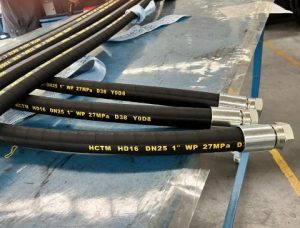
dimensional specifications for chemical hoses
Chemical hoses play a vital role in the transportation and transfer of chemical substances. They are a product of skilled engineering, and if used correctly they can be very reliable. Nevertheless, they are often the weakest link in the cargo containment and transfer system and must therefore be treated carefully.
When selecting a hose for use in a chemical plant, it is important to consider the dimensional specifications of the hose. These specifications include the size, temperature ratings, material and pressure, as well as the ends and delivery. The hose must also be compatible with any chemical it will be transporting.
The hose lining must be chemically resistant and able resist abrasion. UHMWPE is the ideal material for this because it is nontoxic, odorless and tasteless. It is also resistant to abrasion, corrosion and highly durable.
It is important to not exceed the rated pressurized of the assembly when using a hose. This can cause a hose to crack. It is also important to check the hoses for damage and to inspect them before each use. A foolproof inspection plan should be developed, and a hose handler should be taught how to recognize damaged assemblies. This will help to prevent accidents and injuries in the workplace.
Chemical hoses: Damage causes
When chemical hoses come into contact with extreme temperatures, they can crack or degrade. This will eventually lead to the hose failing. This can result in the release of dangerous chemicals into the environment, and even injury or death for workers. It is important that you ensure your hoses have the right rating for the liquid or material you will be transporting.
Hoses can also be damaged due to poor fitting. This usually involves the hose being bent or kinked as it is connected to an appliance. To avoid this, it is recommended to use what is known as a bend resistor which is a sleeve that fits over the end of the hose where it connects to an appliance or coupling.
Poor routing of the hose can also cause damage, as it can cause it to rub or bashing against surfaces. To avoid this, it's recommended that you plan the route of your hose before using and install swivels wherever necessary. The hose length should also be sufficient to allow for system pressure changes and thermal expansion without putting excessive stress on the connection point or hose reinforcement. Additionally, twisting the hose during installation or service is a major cause of damage as it significantly reduces its life.
Chemical hoses are made from a variety of raw materials.
Chemical hoses are made from a variety of raw materials, depending on the type and amount of chemical to be transferred. Plastics, rubbers, and metals are all possible materials. The latter are often used as reinforcement layers in order to increase the hose's pressure rating. They can also increase tensile strength, flexibility and durability. The reinforcement layer is usually made of stainless steel or polypropylene.
The linings of chemical hoses are often made from synthetic rubber, such as styrene-butadiene or ethylene propylene. Other options include polyurethane, chloroprene, and polyurethane. These compounds have different levels of resistance to chemicals and other factors such as temperature, ozone and ultraviolet radiation, mold, mildew and abrasion. The lining is also treated with an anti-static agent.
In addition to these raw materials, hoses can also be made of special composite variations. These are especially well-suited for the transfer of highly corrosive acid. These are often used in industries such as oil and gas. These are commonly called kill lines, choke lines or cement lines. To ensure that the hose will be safe to use, it must undergo many different inspections during the manufacturing process. This includes visual inspections, ozone and accelerated aging tests, adhesion testing of the bond between the liner and inner jacket, and dimensional checks. All of these factors can influence the hose's lifespan and safety.

